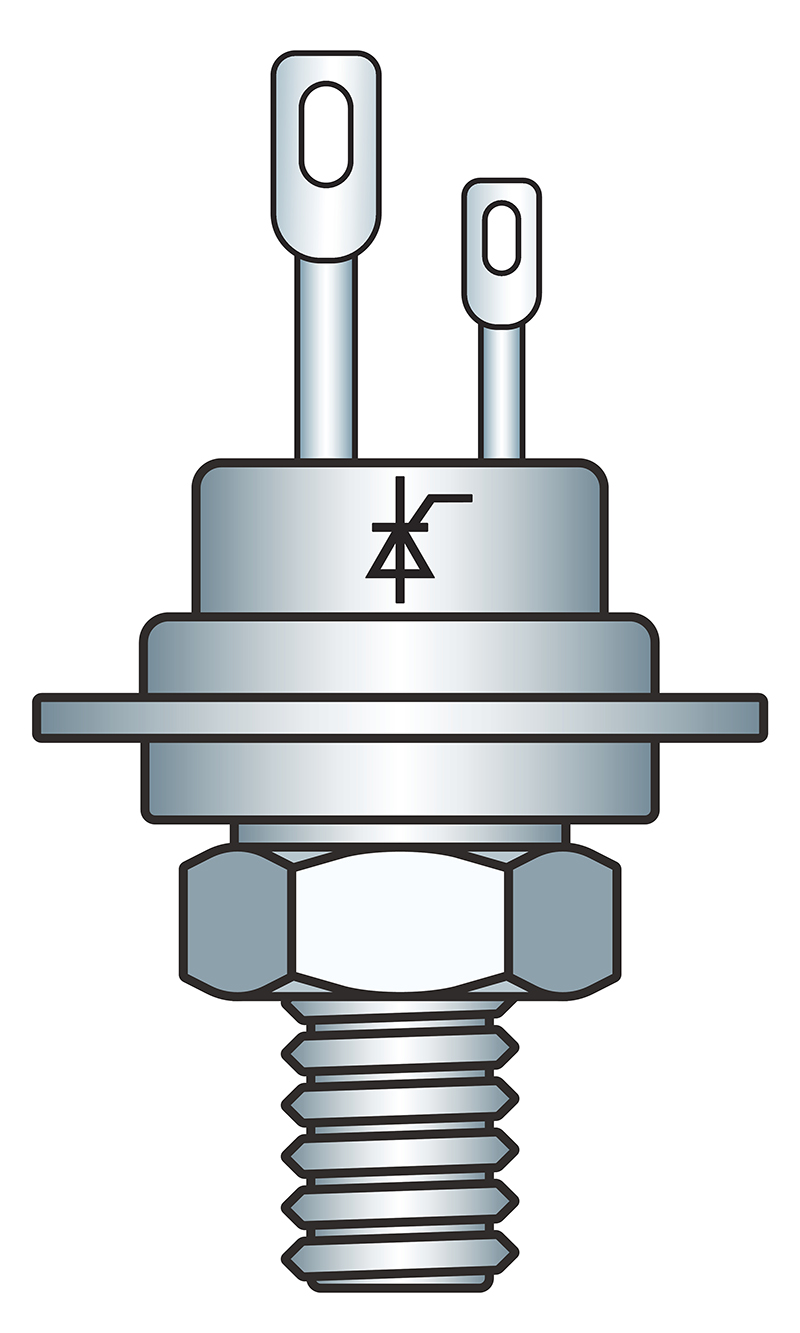EMC Question of the Week: January 6, 2020

Thyristors are generally ineffective for protecting against ESD transients, because they
- have too much capacitance
- can't handle the energy
- must be manually reset
- are too slow to turn on
Answer
The correct answer is "d". Thyristors are designed to suppress relatively high energy transients. They are connected in parallel with the load and turn on when the voltage across them exceeds a triggering voltage. When they are off, they are open circuits with relatively little input capacitance. In the on state, they are essentially short circuits (like a crowbar across the input). Crowbar devices such as thyristors and gas discharge tubes don't turn on as fast as voltage clamping devices like diodes or varistors, but they can generally handle much more energy.
Unlike some over-current protection devices (like fuses and circuit breakers) over-voltage protection does not need to be manually reset. Thyristors (and gas discharge tubes) reset automatically when the shunt current falls below the holding current threshold.
Have a comment or question regarding this solution? We'd like to hear from you. Email us at
